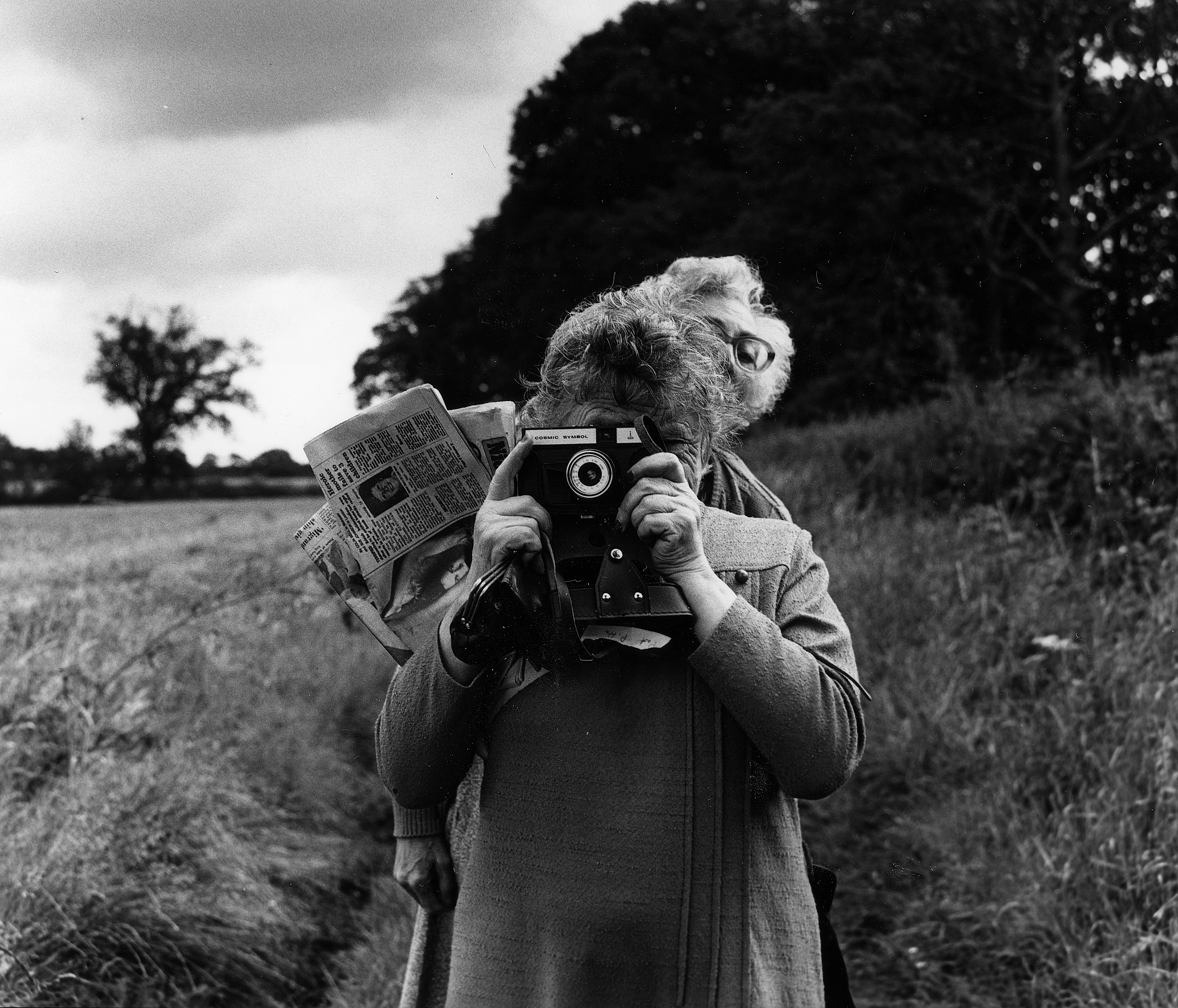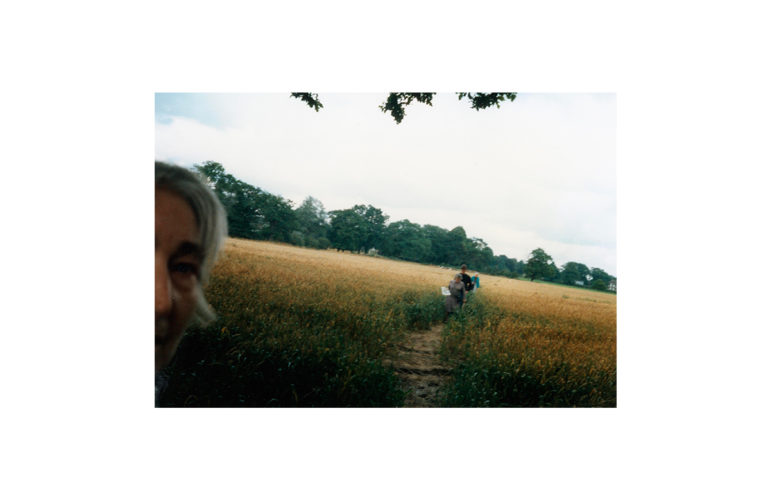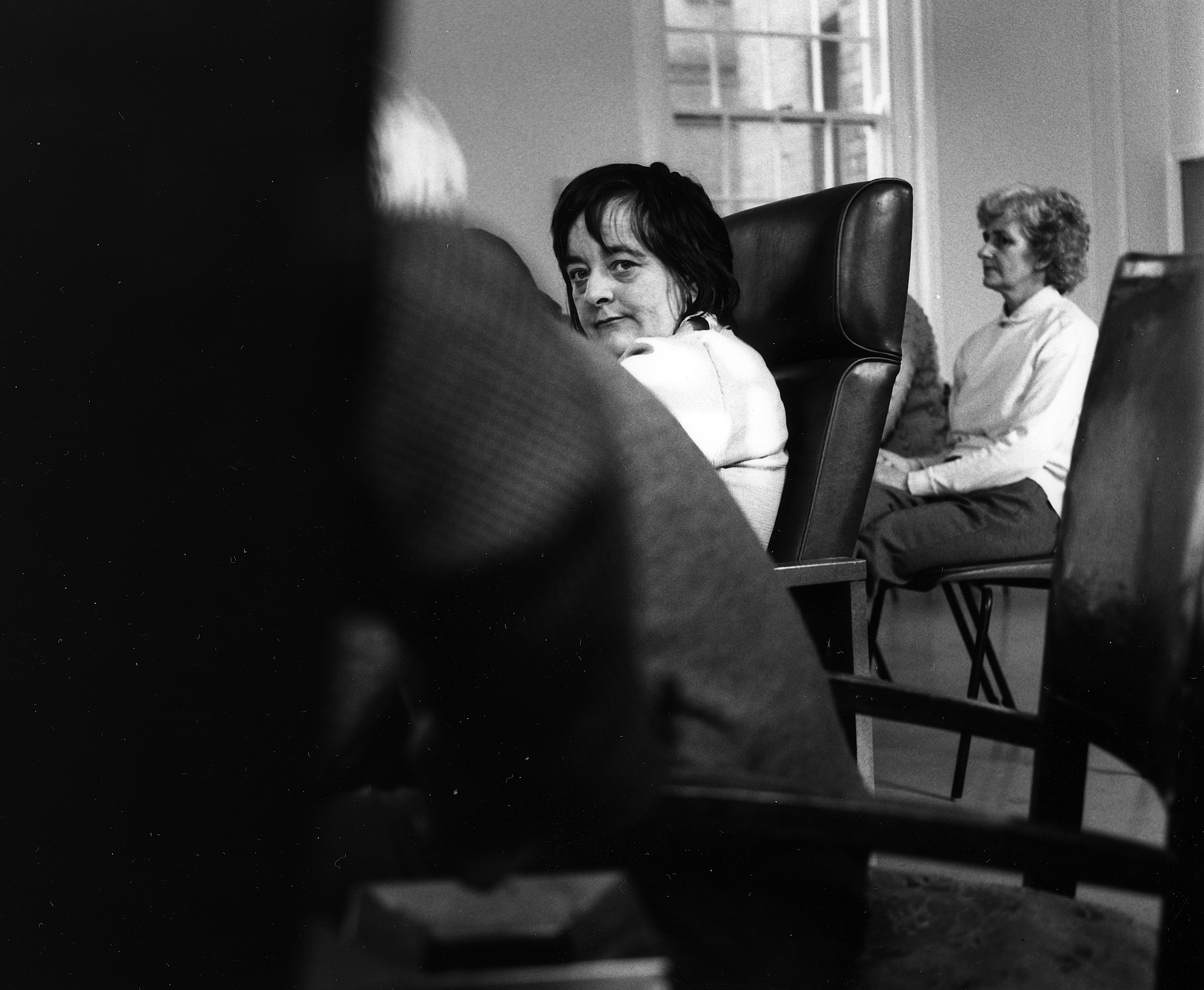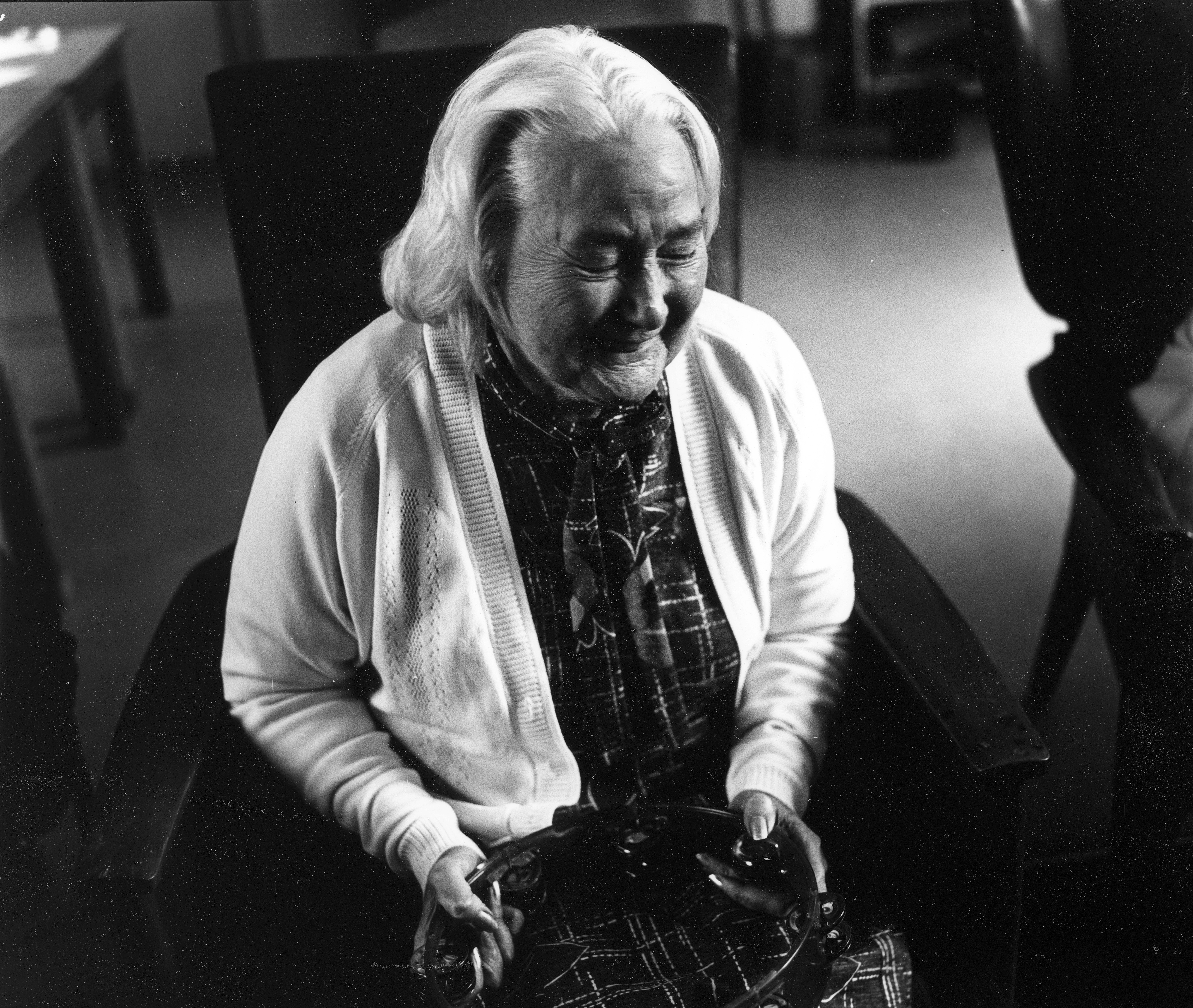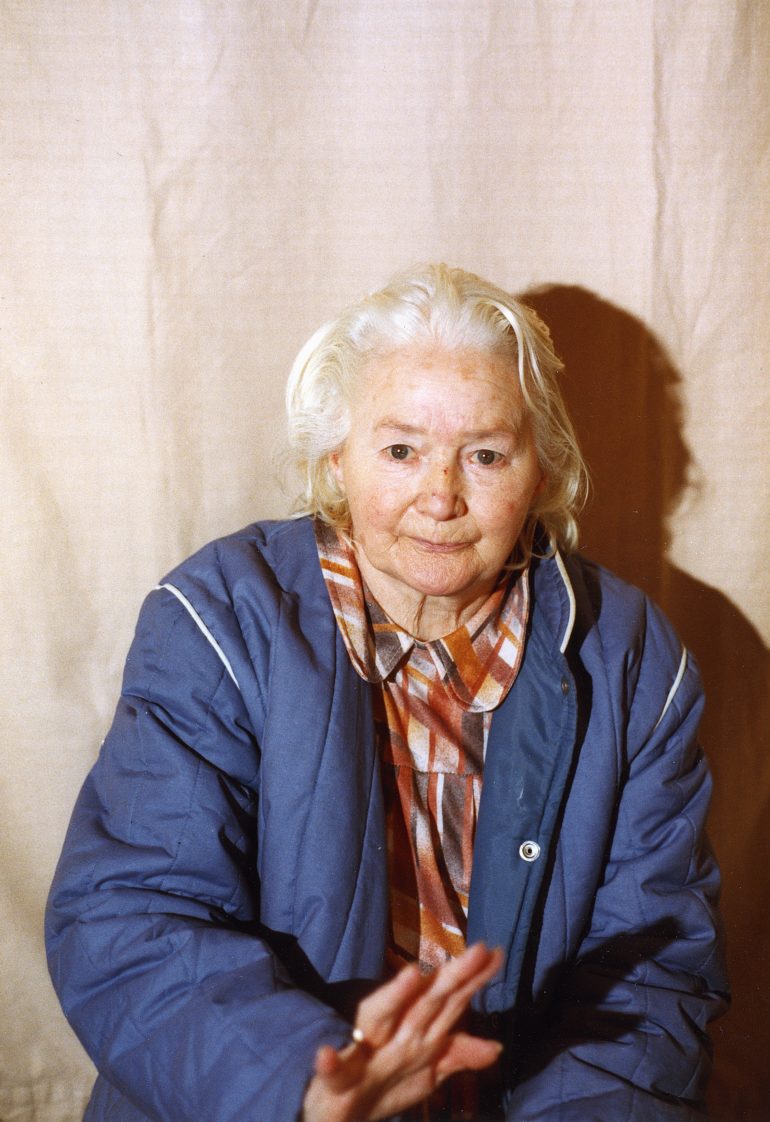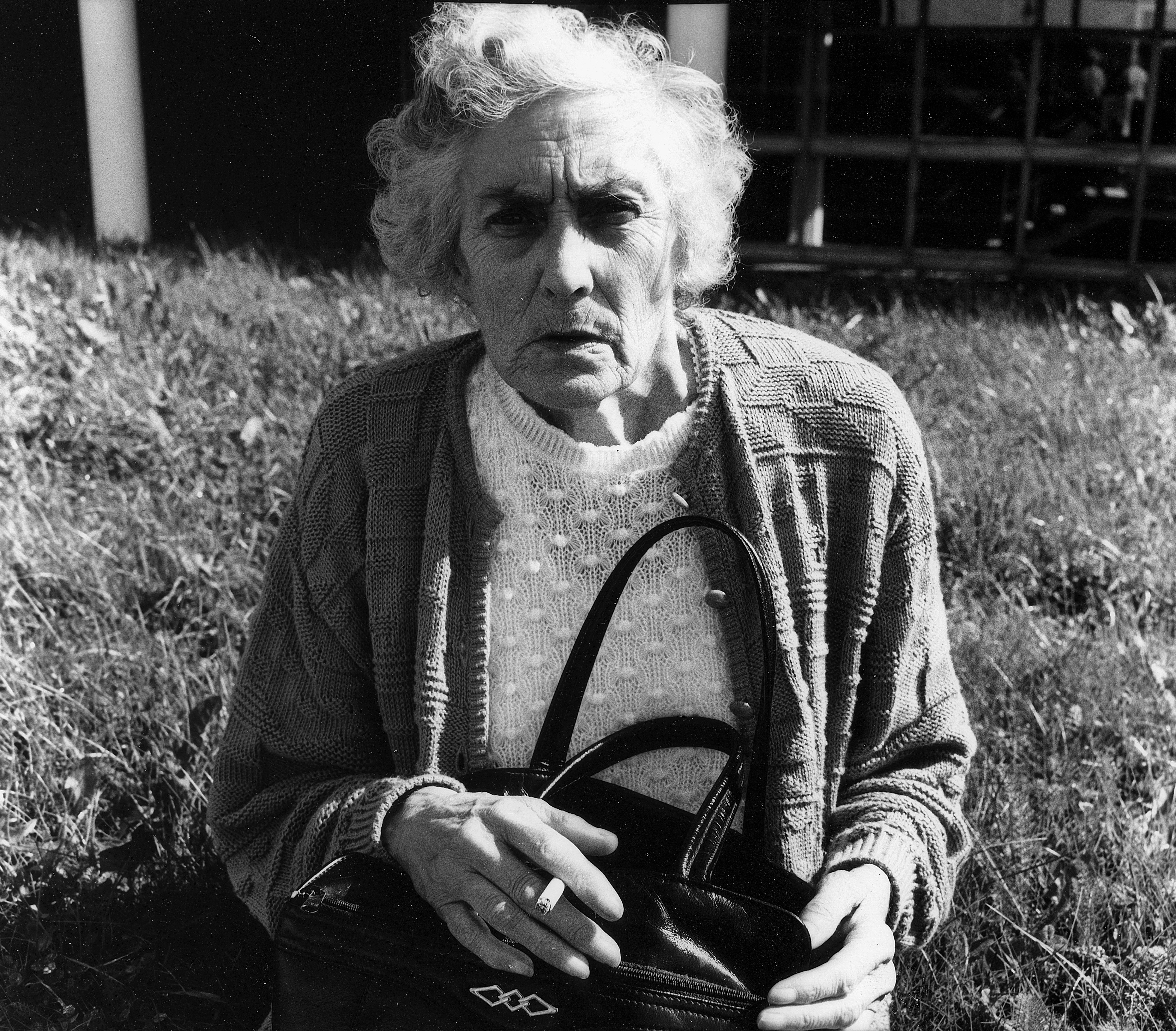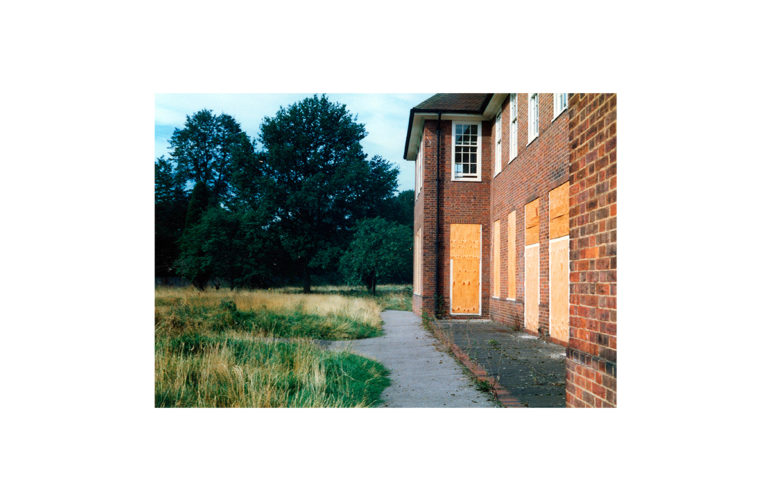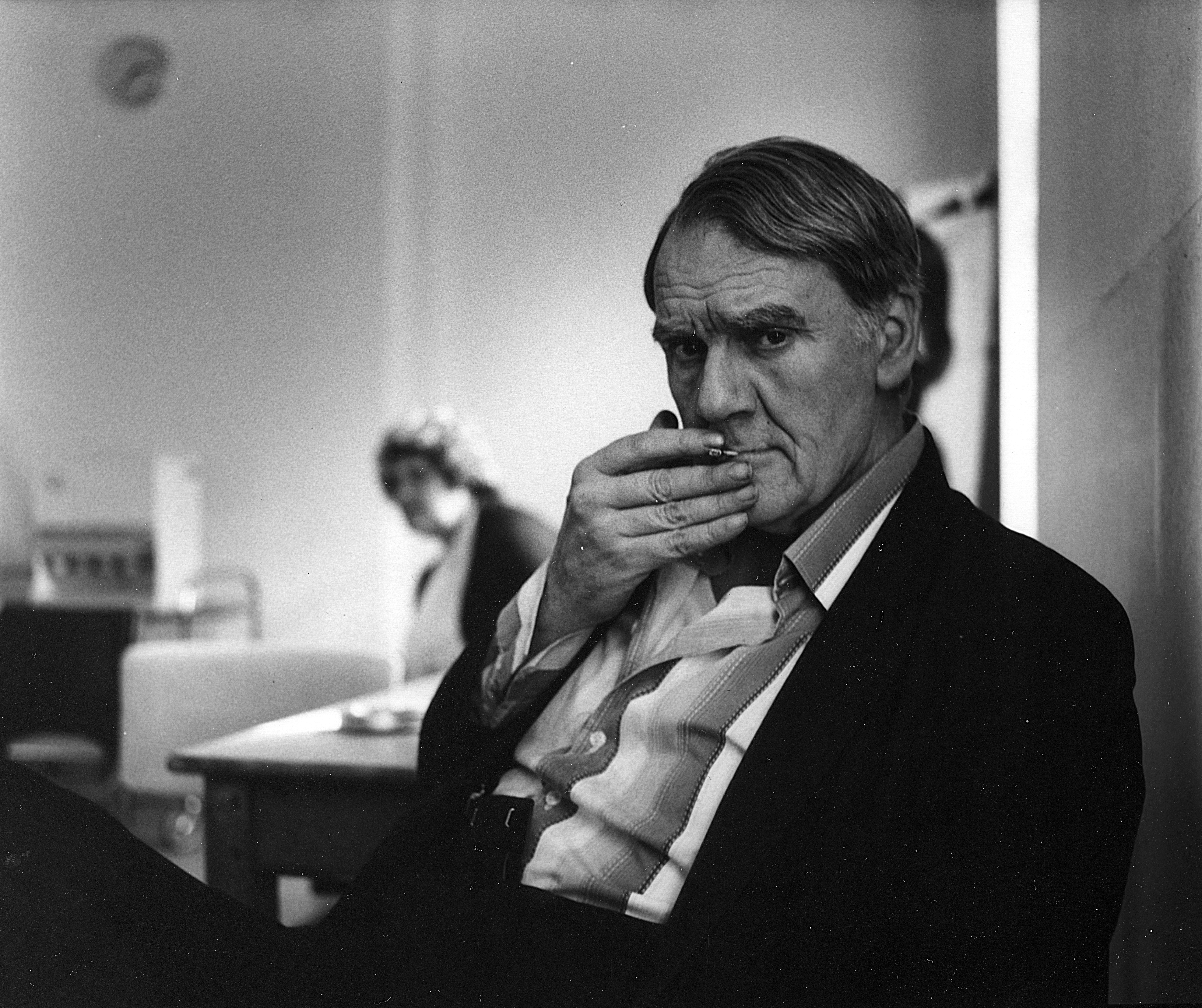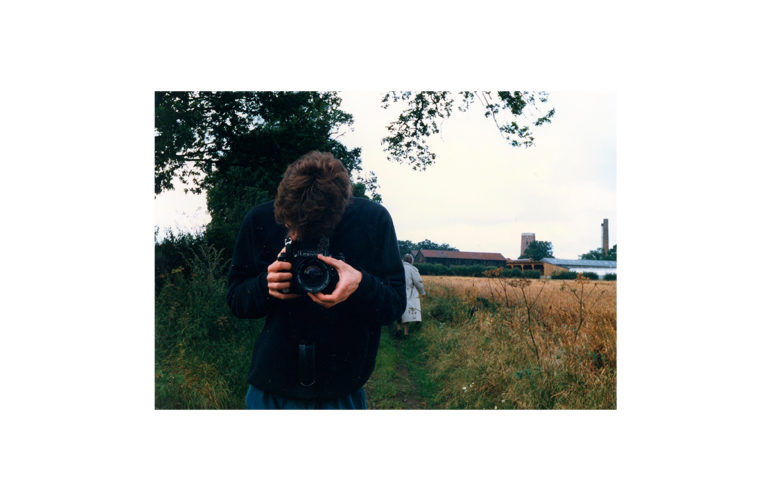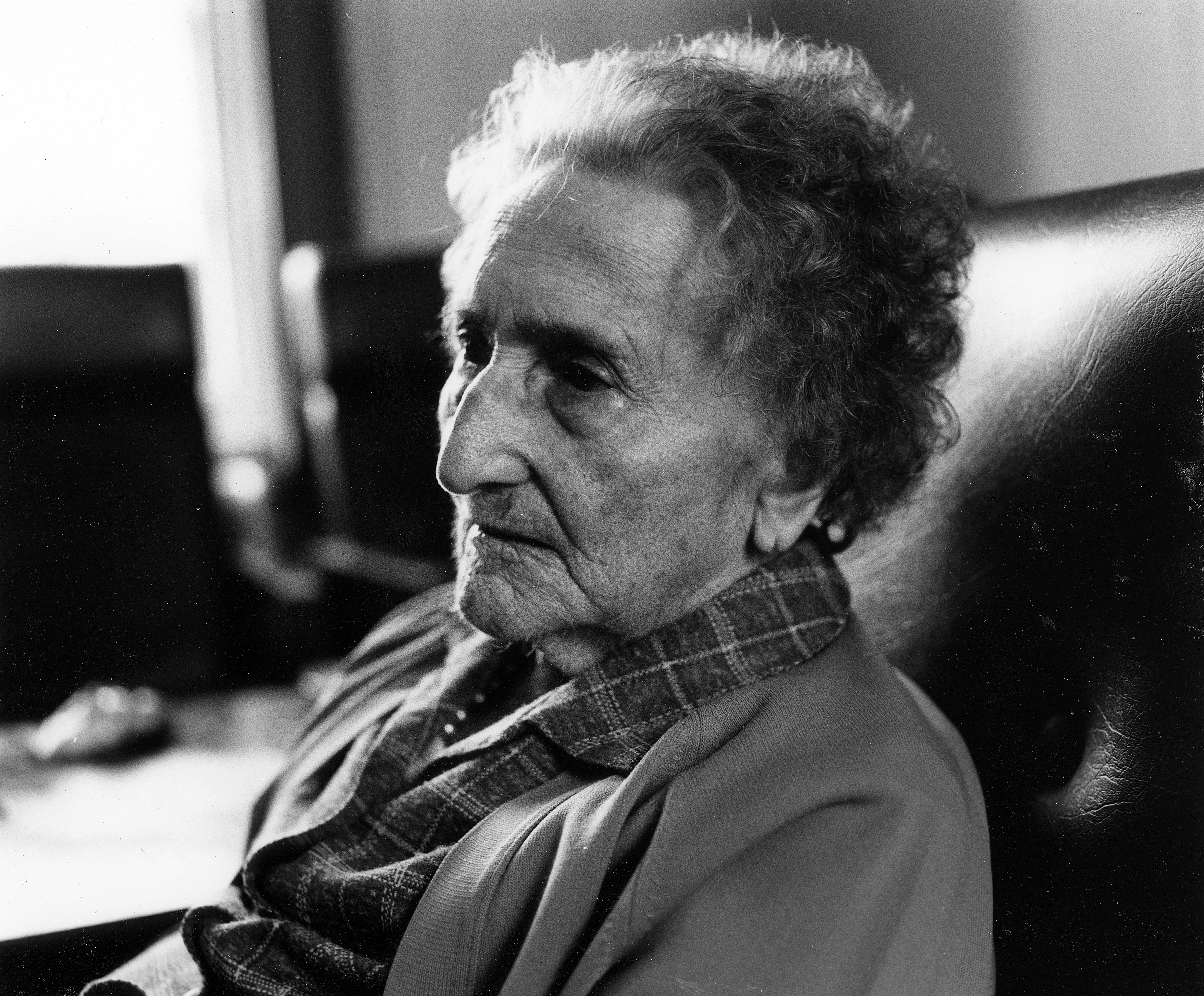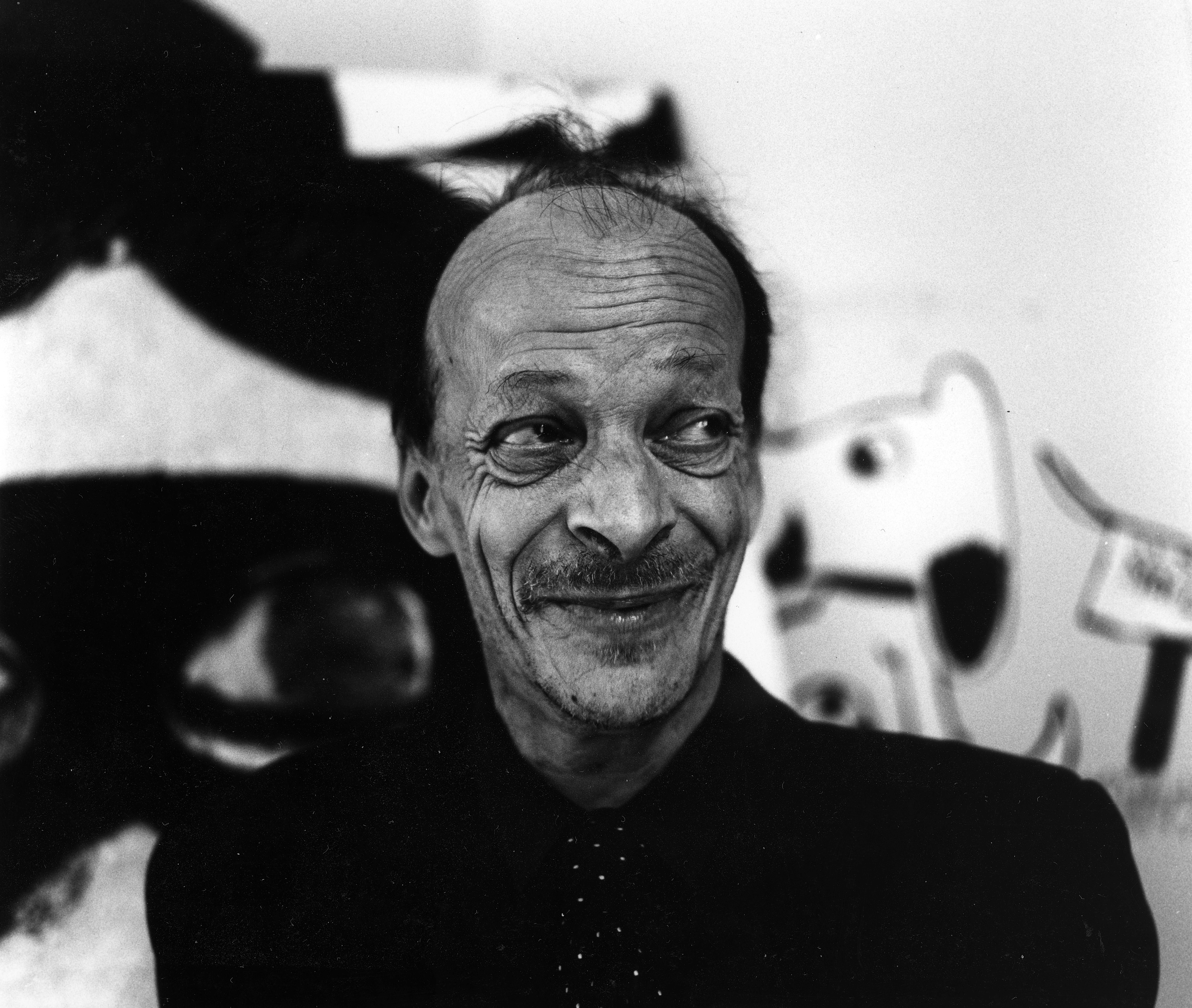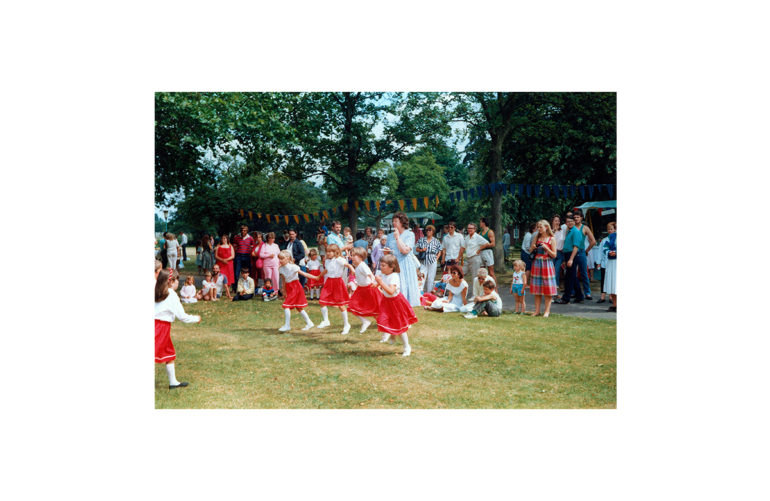All images and text by Darren Lewey. Used with permission.
I’m a photographer based in Morocco running tours and workshops in the region. I’m also behind a new website called Creative Camera which offers innovative online courses for building creativity. I place a high value on photographers who can make sense of more ordinary locations rather than those who can shoot photogenic zones really well. I use a Pentax 645z with a range of lenses as well as a Toyo 45A 4×5 Field Camera with 180mm and 300mm lenses. I process my Pentax files in Capture One and home develop and scan my black and white LF images. I orientate towards and encourage project based work rather than single one-off images. Often locations or scenes can be recorded in more than one way and working to a series allows that. A project can also reinforce a way of seeing that’s unique to the photographer.
Be sure to visit his website, his Viewbook, and Colours of Light.
One of my goals is always to find and offer a different aesthetic for each location and keep a consistency throughout. I place composition above most other elements so really the framing is to be appreciated. Also the locations will be a different to what some readers are used to seeing. Above all else it’s about creating your own visual pathway, with influences for sure but without mimicking.
Phoblographer: Why did you get into photography?
Darren Lewey: At school one of my friends told me about an after school photo club with our science teacher. The processing room was a store cupboard at the back of the lab. There was only about 4 boys who were going. I remember being given a roll of b&w film and returning the following week. Another boy guessed at an exposure of 4 seconds on the enlarger and hey presto a photo appeared of trees from my local wood, a fluke and evidently the best print they’d seen. Success encourages and at 14 I found something I seemed to be good at. Over the next 5 years I practiced photography with a darkroom in my bedroom at home, before I eventually went to college and then university.
Phoblographer: Which photographers are your biggest influences? How did they affect who you are and how you create?
Darren Lewey: Recently I’ve been reverting to my teen influences and this has led me back to Harry Callahan, the Chicago based modernist photographer. Particularly for black and white, his range of expression is unmatched. He also had a great eye for composition of course. In terms of contemporary influences most notable for me is Robert Adams but I also like the colour work of Elliot Verdier.
Phoblographer: How long have you been shooting? How do you feel you’ve evolved since you started?
Darren Lewey: After a hiatus of 25 years I returned to more intently making my own work in 2016. Up until that point I’d found many consumer digital cameras weren’t offering me the kind of detail and quality to get excited about. It was probably in 2014 when the Nikon D800 caught my eye. I started to see the first files from students that impressed me. In 2016 I was ready to invest in some serious kit but instead was tempted away from the Nikon by Pentax and the 645z. I’d always had a soft spot for this camera company.
Phoblographer: Tell us about your photographic identity. You as a person have an identity that fundamentally makes you who you are. Tell us about that identity as a photographer.
Darren Lewey: I would say that I’m mostly my own person when it comes to image-making. Of course some of my photos fall into camps and styles but across the set of them, one can see I’m not really a follower of any one tribe. Where I photograph also has a big impact on my photographic identity, as I prefer not to photography in hotspots. Instead I like anonymous areas where I can make something which is about the look and not the place as a well-known location. I love landscapes, urban landscapes and portraiture. I’m hoping one day to take on street photography which I feel is the ultimate challenge to do well.
Phoblographer: Tell us about the gear you’re using. Please give us a list with reasons why you choose it. Please be descriptive. We want to know how it helps you translate your creative vision.
Darren Lewey: I use a Pentax 645z with several prime lenses. I mostly use telephotos. I like medium format because I can work quite quickly but still retain a high level of quality. There are limitations of course to using telephoto lenses and maintaining a large DOF compared to large format which is partly why I acquired a 4×5. I use a Uniqball tripod head for both cameras which works well. For the Pentax files, I use Capture One previously converting to DNG so the software accepts it. For the 5×4 film I home develop and scan on an Epsom 800, processing lightly in Photoshop.
Phoblographer: Natural light or artificial light? Why?
Darren Lewey: I only work with natural light. This is partly because I live in Morocco where there is plenty of light but also because I enjoy being outside and don’t shoot client work or models so really it’s not needed. I have a reflector which I use for interior portraits, but again natural light sources create a lovely mood which is difficult to replicate with artificial sources. Horses for courses I guess.
Phoblographer: Why is photography and shooting so important to you?
Darren Lewey: Photography as David Bailey said is a means to see the ordinary. It’s about connecting with a place. With a camera in hand it’s a device to explore a location with and get to know it intimately. Intense looking also means being ‘in the zone’ which is about singular vision and thinking, so no distractions. Perhaps more importantly making images is way of bringing home objects, it is part consumerism in a way, the need to acquire, although a much healthier version. When these images form a project it also says something about you as the photographer and ‘the object’ grows into a book or an exhibition which then has a special significance.
Phoblographer: Do you feel you’re more of a creator or a documenter? Why?
Darren Lewey: I’m a creator at heart. The locations I mostly visit now would seem unphotographical to the layperson so what I do is very much a creation, using framing to highlight the details and connections within a space. Across a series this becomes more apparent as the connections are unique to my way of seeing. Within that I still pull on documentary influences to keep with a straight style evident in lens choice and processing.
Phoblographer: How does the gear help you do this?
Darren Lewey: Working intuitively with a camera is important to keep the mind on the subject. The Pentax really allows me to do this. I just connect with its functionality. I’ve briefly used many cameras throughout my teaching workshops and some seem clunky. The 645z is brilliantly designed and although I don’t use many of the features, it’s still a joy to work with. A really exciting tool to use, if a slightly heavy one.
Phoblographer: What’s typically going through your mind when you create images? Tell us about your processes both mentally and mechanically?
Darren Lewey: I’ve probably slowed down over the years which is partly from starting to use a 5×4 FL camera. The considered steps here may have crossed over into the digital domain. Working more locally also means more repeat visits to a location and less time pressure, although changing light can still mean working quickly in some instances. Returning to the same place allows more time to look for different subjects or at least another way of revealing them. With the 645z I’ve recently been using the monochrome JPEG presets to create a look which I’m happy with. This allows me to see on location how the composition feels between the balance of light and dark across the frame. It’s an instant thing, yes or no from looking on the back of the screen. When I shoot with 5×4, it’s entirely different of course with no chance the check this. Here, I do use an iPhone app to frame initially and then match to that. Still there are margins of error with this workflow.
Phoblographer: Please walk us through your processing techniques?
Darren Lewey: The Pentax presets are rather lovely. I’ve been using others to inspire me to see a familiar location in a new way. After a set is complete I then match the preset look in Capture One using the raw file. With the monochrome preset I really like the tone and feeling from it which suits the subjects. I underexpose a couple of stops and in preview on my computer, lighten the shadows. One influence from using 5×4 is the aspect ratio which for this project has meant switching from the native 4:3 in the 645 to 5:4. To achieve this, I mask off the sides of the viewing screen and compose through the viewfinder with the clipping in mind. Then on review I can check if the framing works or not. I don’t subsequently crop but I do have time with what I’m shooting to craft it exactly. This approach wouldn’t work so well for street photography.
Phoblographer: Tell us about the project you’re pitching, or your portfolio. Be descriptive with the who, what, when, where, how and why.
Darren Lewey: Here are the only images that remain from the summer of 1987 when I volunteered and later worked at a Psychiatric Hospital in Hertfordshire, England. They were taken during a short time frame during which I was running a weekly ‘photo therapy’ class for long term patients. I knew the more regular approach of gaining access to take photos was unavailable based on consent. Instead, I focused on using my photographic knowledge to give the patients a creative outlet, enabling them to get out and take photos during which I would record them doing so. I had no plans for the results and knew that publishing them would be out the question. Now over 30 years later it’s probably safe to assume it is. The photos that remain are the blend of colour images as taken by patients and my own black and white photos as I originally sequenced them.
Phoblographer: What made you want to get into your genre?
Darren Lewey: When I wrote my last article for The Phoblographer, I was deeply in the throes of making intimate landscapes and pulling on inspirational work from David Ward and other great landscape photographers. Since then I shifted somewhat from looking to idealize landscapes in a beautiful way to working closer to home in landscapes influenced by man, that are less obviously photogenic but are more descriptive of a place. It’s not quite a social commentary approach, but a shift towards documentary to some degree.
Phoblographer: What motivates you to shoot?
Darren Lewey: It’s the same as always, the need to create, to express and explore. I would add to that a new dimension; one that allows me to get to know a location through photography. A place seen through a project can be reassuring to return to time and again.
Want to be featured? Follow our submission guidelines here.


